
Providing Feedback
Providing feedback and guidance throughout the course is an essential aspect of effective e-learning design.
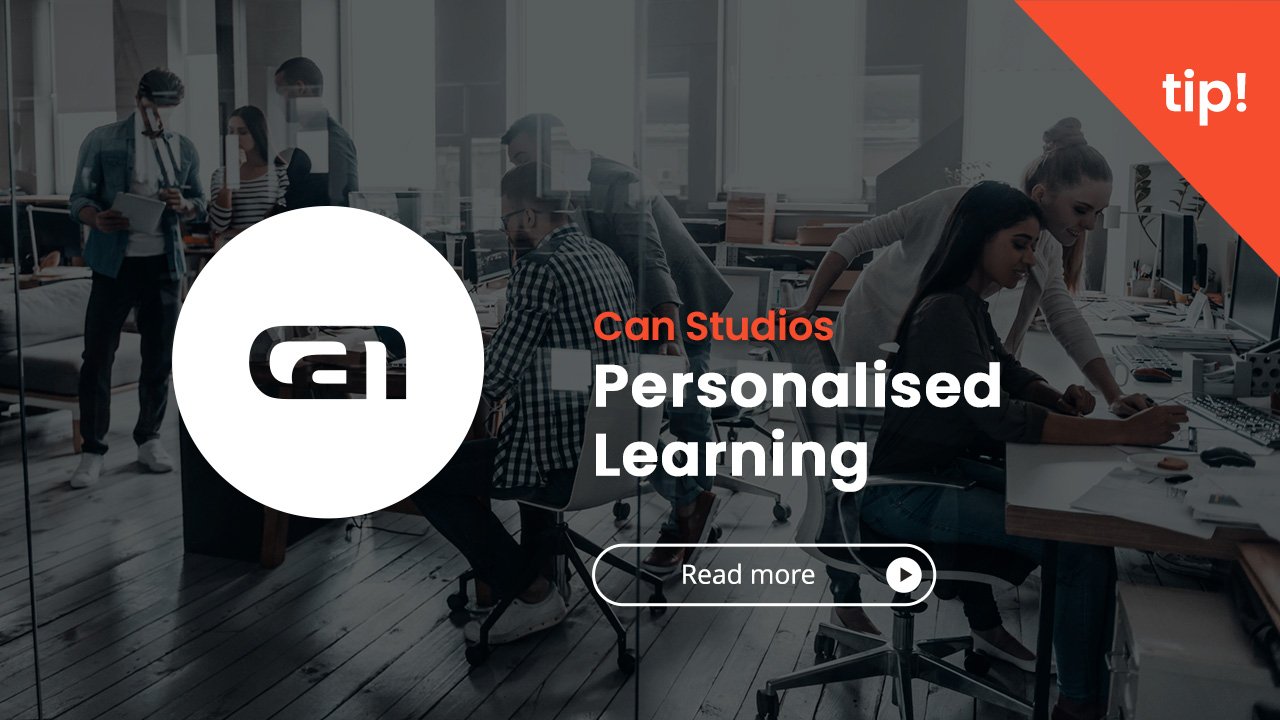
Personalised Learning
Personalising learning experiences is an important aspect of designing effective e-learning. Personalisation involves tailoring the course content, activities, and assessments to the specific needs and preferences of each learner.
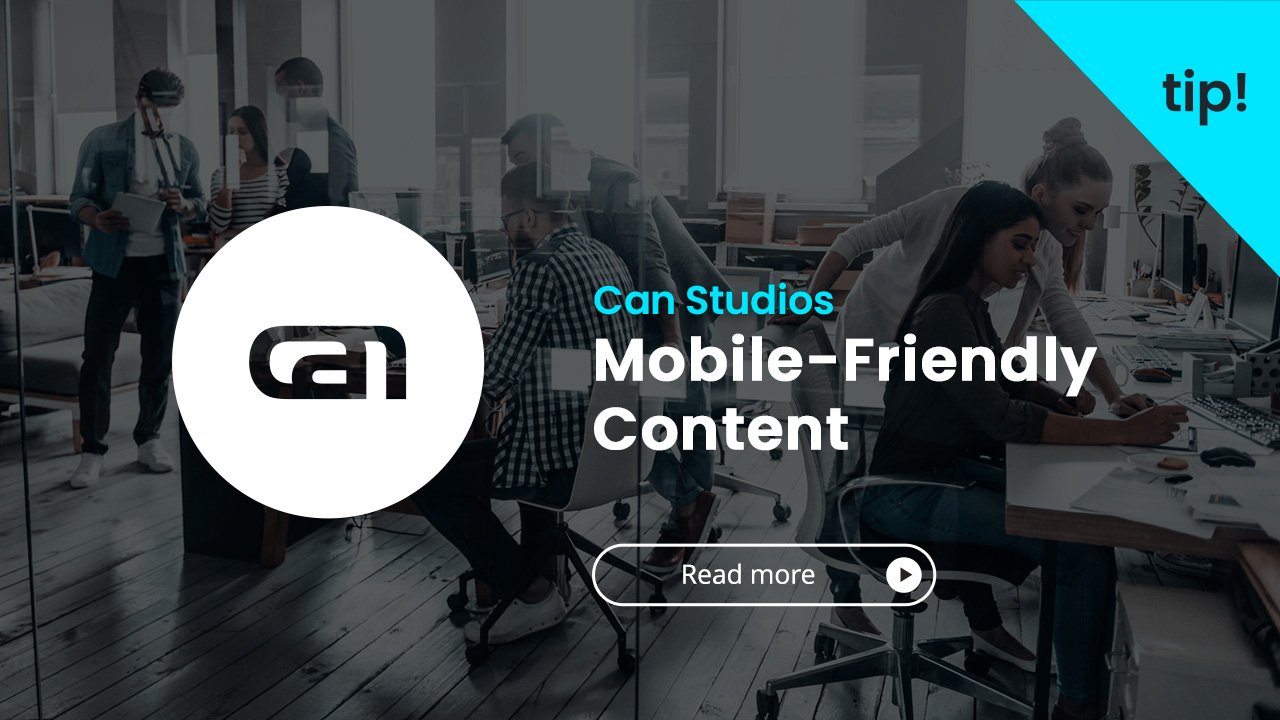
Mobile-Friendly Content
Making sure that the e-learning course is compatible with various devices and platforms is critical for providing learners with a flexible and accessible learning experience.
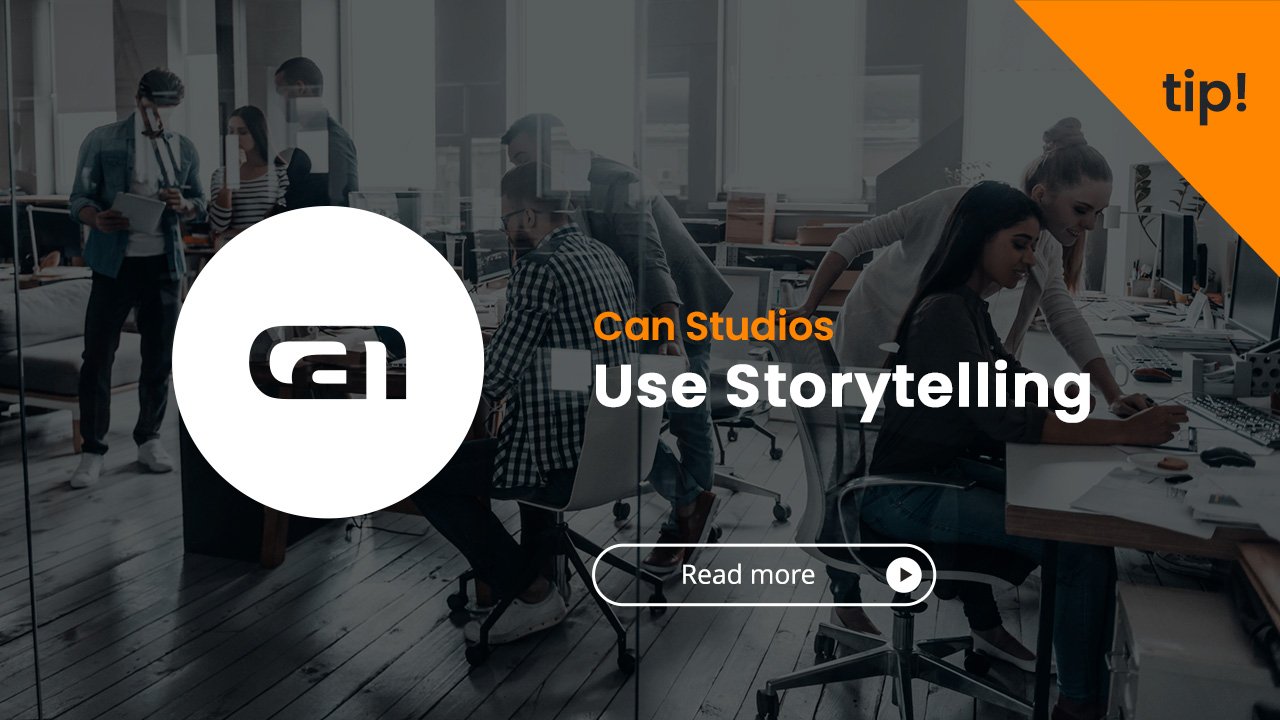
Use Storytelling
Using storytelling in e-learning is a powerful technique to make the course content more memorable and engaging. By weaving a compelling story into the learning experience, learners can connect emotionally with the content, which can enhance their retention and application of the information.

Keep Content Current
Ensuring that e-learning course content is up-to-date and relevant to current trends and practices is essential for keeping learners engaged and informed.

Accessible and Inclusive Design
Making an e-learning course accessible to learners with disabilities is a critical aspect of effective e-learning design.
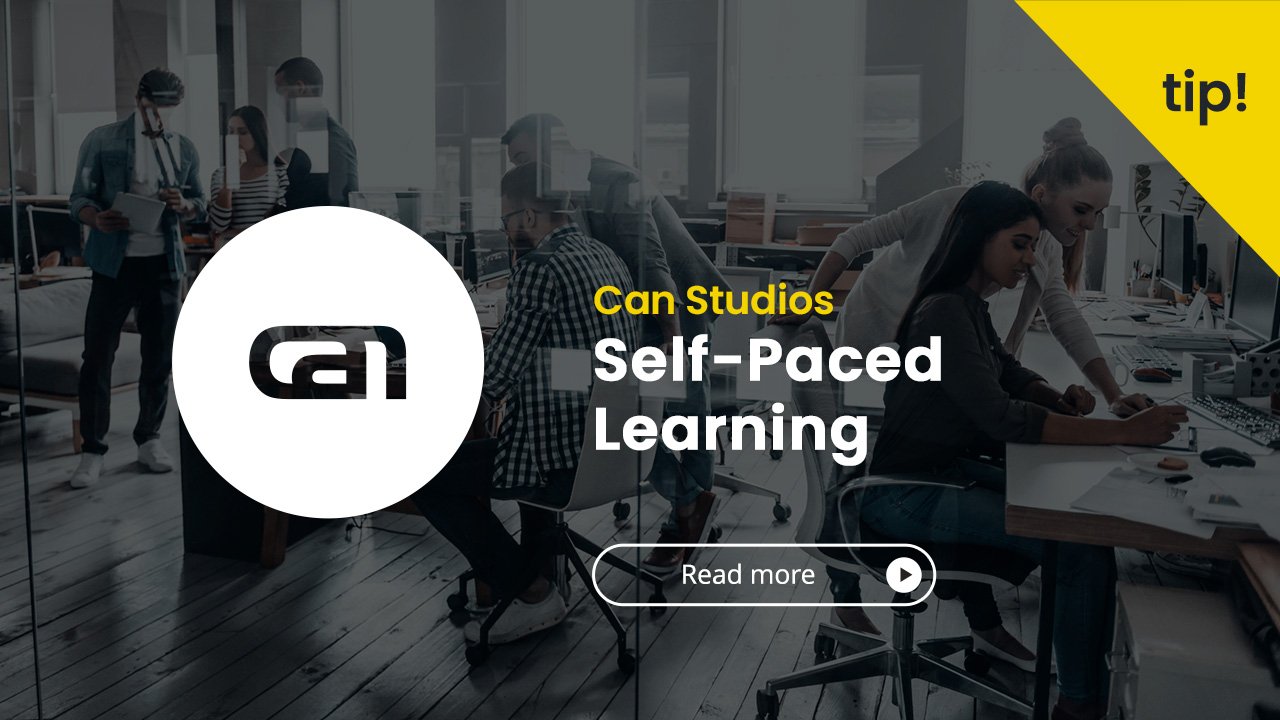
Self-Paced Learning
Allowing for self-paced learning in e-learning means giving learners the ability to control the speed and progression of their learning, based on their individual needs, goals, and preferences.

Assessments
Using real-life assessments to measure learning outcomes in e-learning means incorporating assessments that reflect the tasks and responsibilities that learners will encounter in the real world.

Encourage Collaboration
Encouraging collaboration and social learning is an important aspect of designing effective e-learning experiences. Helping to deepen understanding of the content, provide opportunities for learners to share their perspectives and experiences, and foster a sense of community and support among learners.
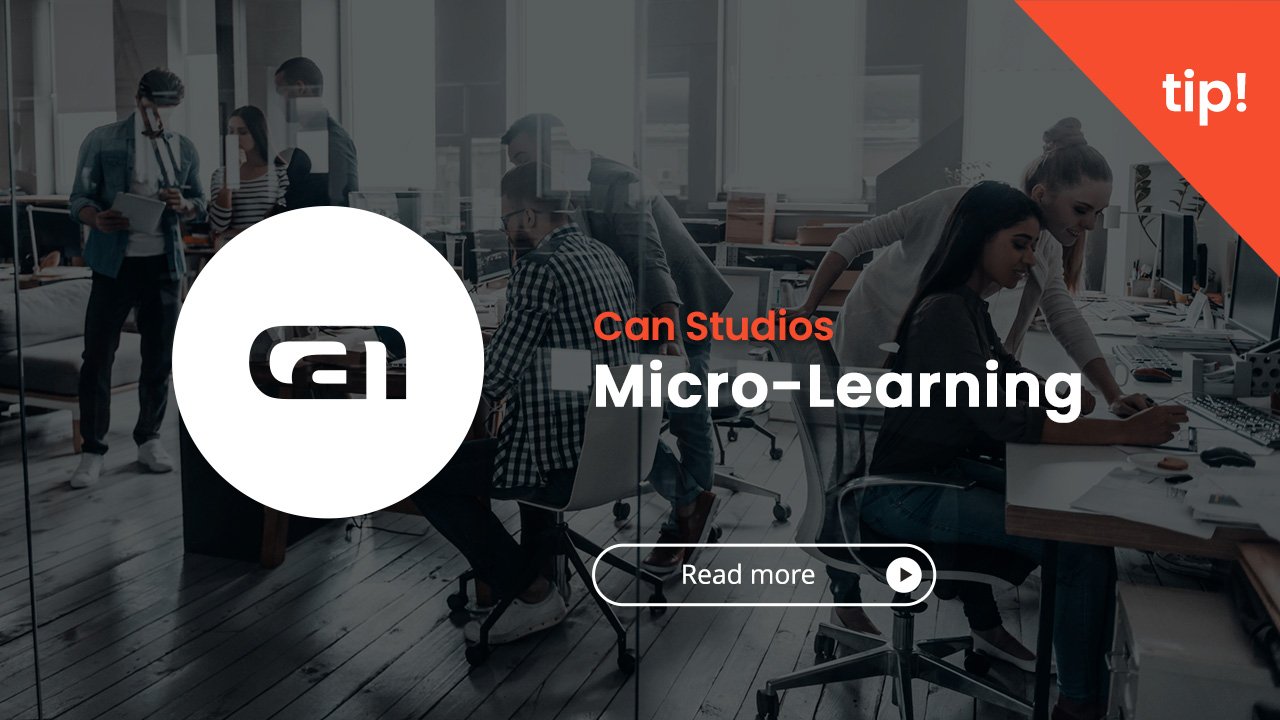
Micro-Learning
Incorporating micro-learning opportunities by breaking down larger pieces of e-learning content into smaller, bite-sized chunks that are easier for learners to digest and retain. Micro-learning typically involves delivering content in short, focused, and easily consumable segments, often no more than 5-10 minutes in length.

Offer Variety
E-learning provides learners with the flexibility to learn at their own pace and on their own time. Incorporating different types of media into e-learning can greatly enhance the learning experience and support a variety of learning styles.
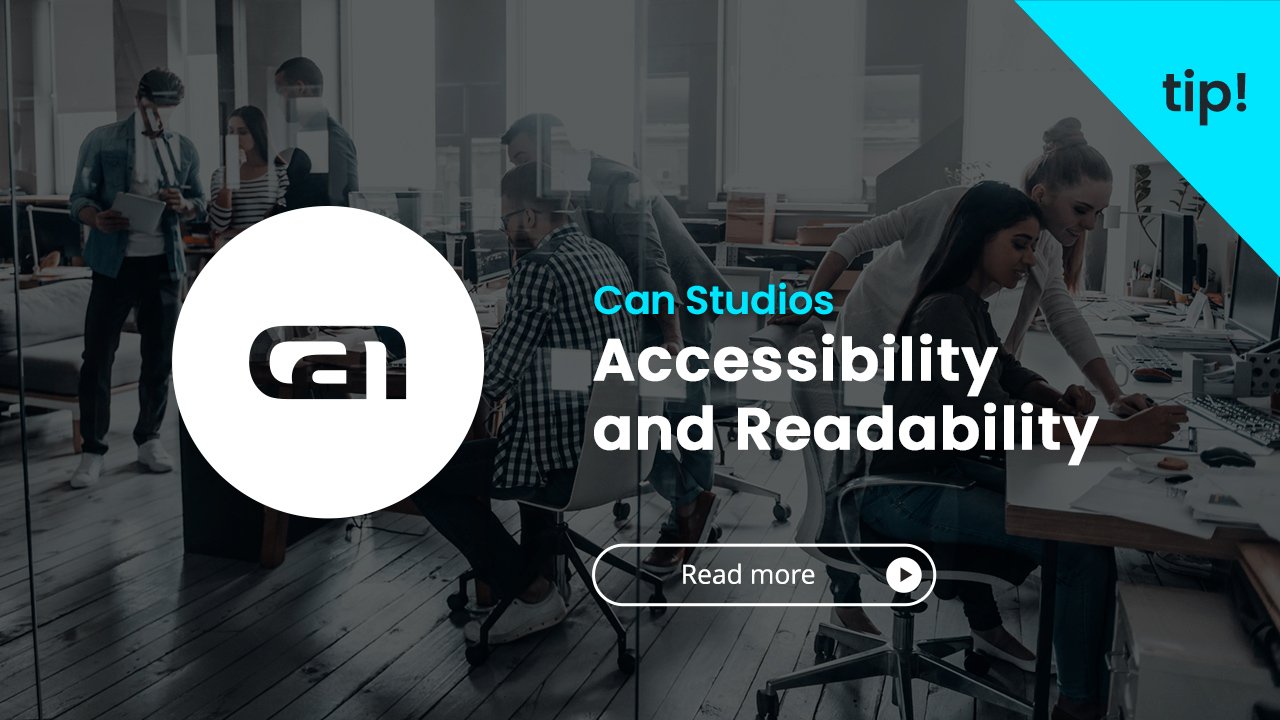
Accessibility and Readability
In e-learning, clarity and accessibility are essential for successful learning. This involves clear organization, manageable content, and intuitive navigation. These elements help learners process and retain information, leading to better outcomes.
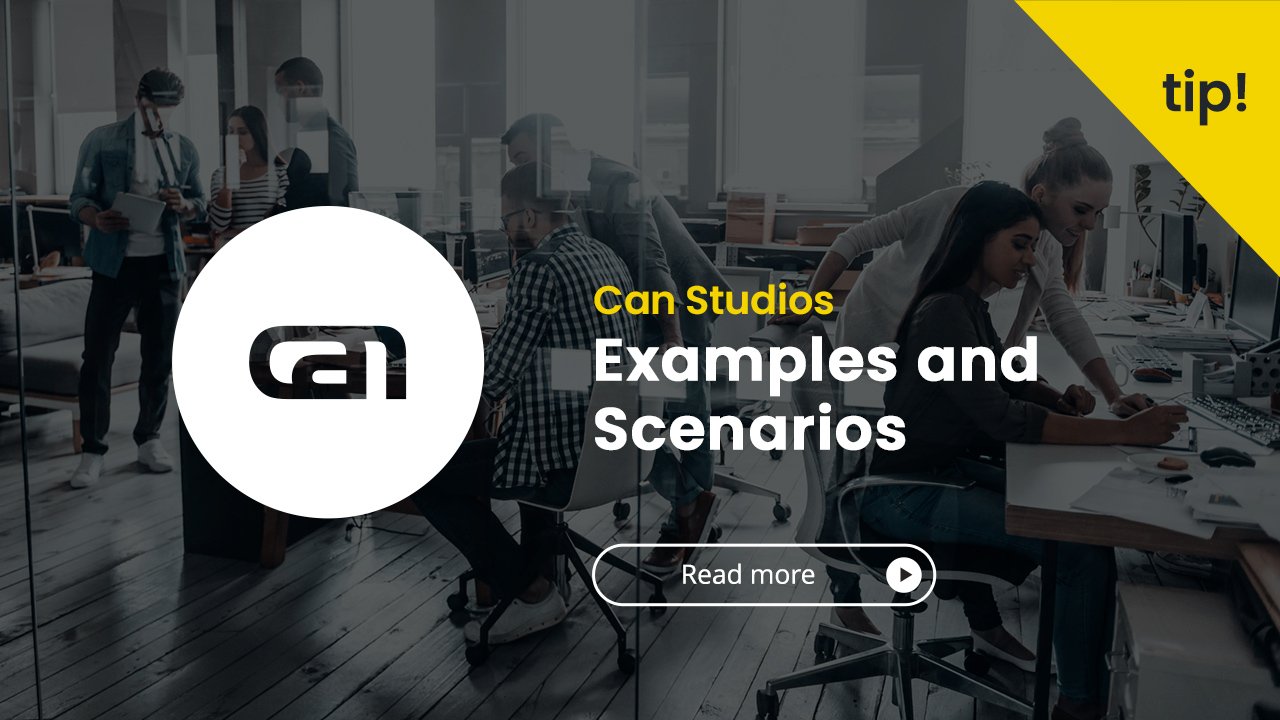
Examples and Scenarios
E-learning has become a popular way of acquiring knowledge and skills in recent years. To make the learning experience more effective and meaningful, it is crucial to include real-world examples and scenarios in the e-learning content.

Gamification
Gamification has become a popular method for engaging learners in the education process. By incorporating game elements into non-game contexts, learners are motivated and more likely to retain information.

Visual Appeal
E-learning is an effective way to learn and acquire new information, but it's important to make sure the design is simple and visually appealing. This can greatly impact the overall learning experience and help learners retain information better.
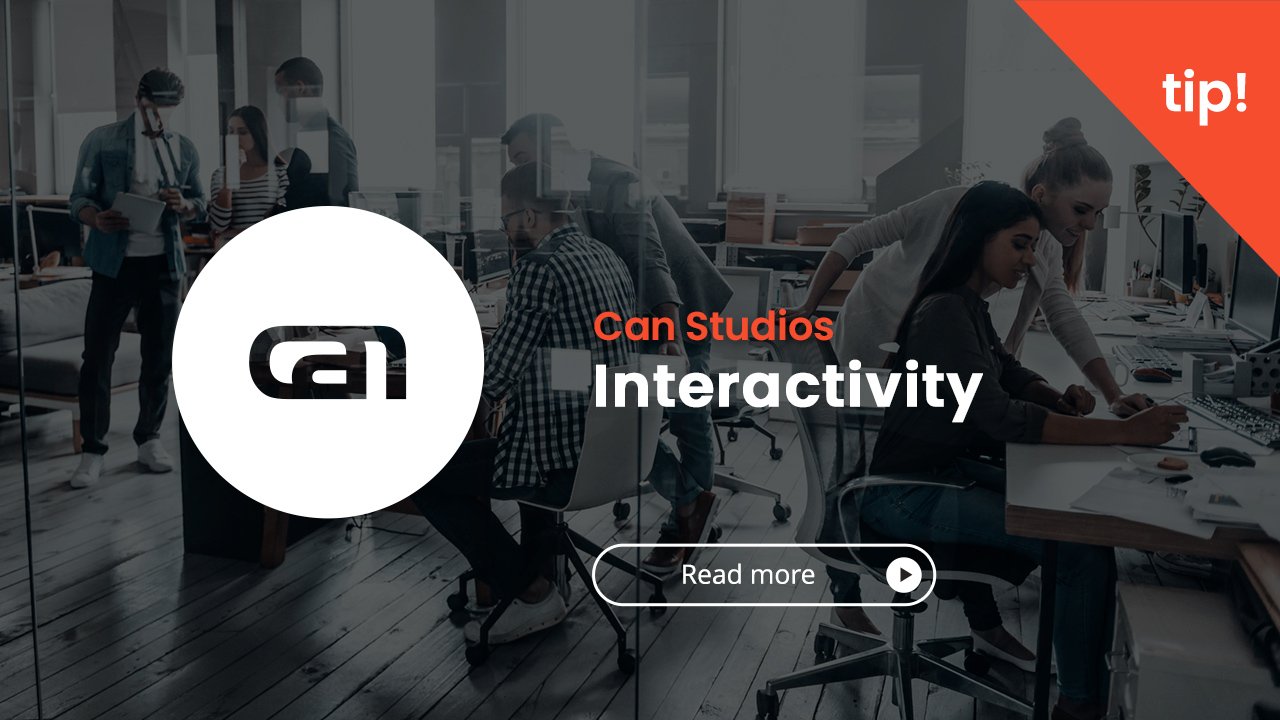
Interactivity
In today's fast-paced world, traditional methods of teaching can become boring and ineffective for learners. Interactive elements offer a solution to this problem by engaging learners in a more dynamic and enjoyable way of learning.
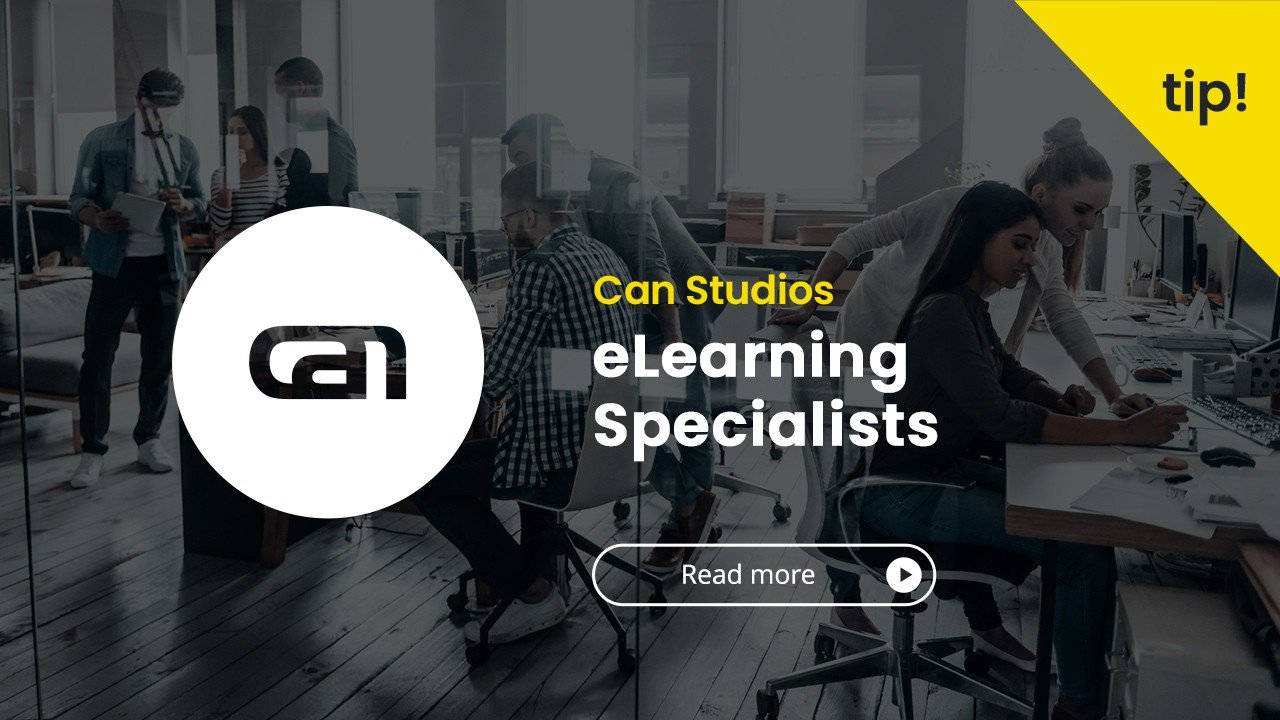
Learning Objectives
Clear learning objectives are the cornerstone of any effective eLearning course. They serve as a roadmap for both instructors and students, providing a shared understanding of what the course aims to achieve and what the students are expected to know at the end of it.
